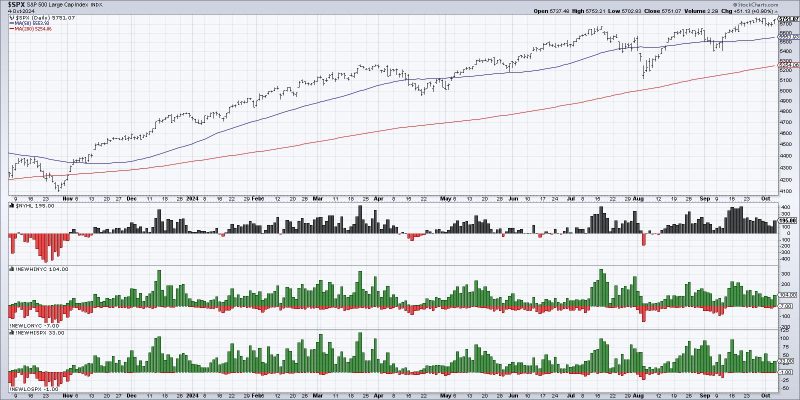In a recent analysis conducted by financial experts, the concept of market breadth was highlighted as a key factor to consider when evaluating the overall health of the market. Market breadth refers to the number of individual stocks participating in a particular market trend. A market with good breadth indicates that a large number of stocks are moving in the same direction, signaling a broad-based rally or decline. On the other hand, bad market breadth suggests that only a small group of stocks are driving the market, which could lead to potential weakness or instability in the market.
One crucial aspect of market breadth that analysts pay close attention to is the distribution of gains and losses among different sectors and industries. When market gains are concentrated in only a few sectors while others lag behind, it can indicate that the market rally is not as strong or sustainable as it may appear on the surface. This lack of widespread participation across sectors can make the market vulnerable to sudden shifts or corrections, as the underlying strength of the rally may be limited to a select group of stocks.
Moreover, market breadth is also influenced by the performance of small and mid-cap stocks compared to large-cap stocks. In a healthy market environment, small and mid-cap stocks tend to outperform large-cap stocks, reflecting a broad-based investor confidence in the market. However, if market gains are primarily driven by a select group of large-cap stocks while small and mid-cap stocks struggle to keep up, it could indicate that the market rally is not as robust as it may seem.
Another factor that can impact market breadth is the level of trading volume across different stocks. High trading volume indicates strong investor interest and participation in the market, which is typically a positive sign for market breadth. Conversely, low trading volume can suggest that market gains are being driven by a lack of trading activity rather than genuine investor enthusiasm, potentially signaling a weaker market breadth.
In conclusion, analyzing market breadth is essential for investors and analysts to gain a comprehensive understanding of the underlying dynamics of the market. By examining the distribution of gains and losses across sectors, the performance of small and mid-cap stocks, and the level of trading volume, market participants can assess the breadth of market participation and identify potential strengths and weaknesses in the market trends. Monitoring market breadth can provide valuable insights into the overall health and sustainability of market rallies, helping investors make informed decisions and navigate the complexities of the financial markets more effectively.



























